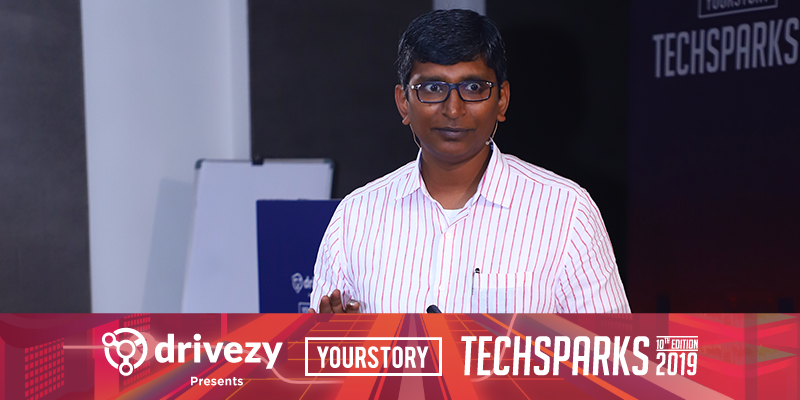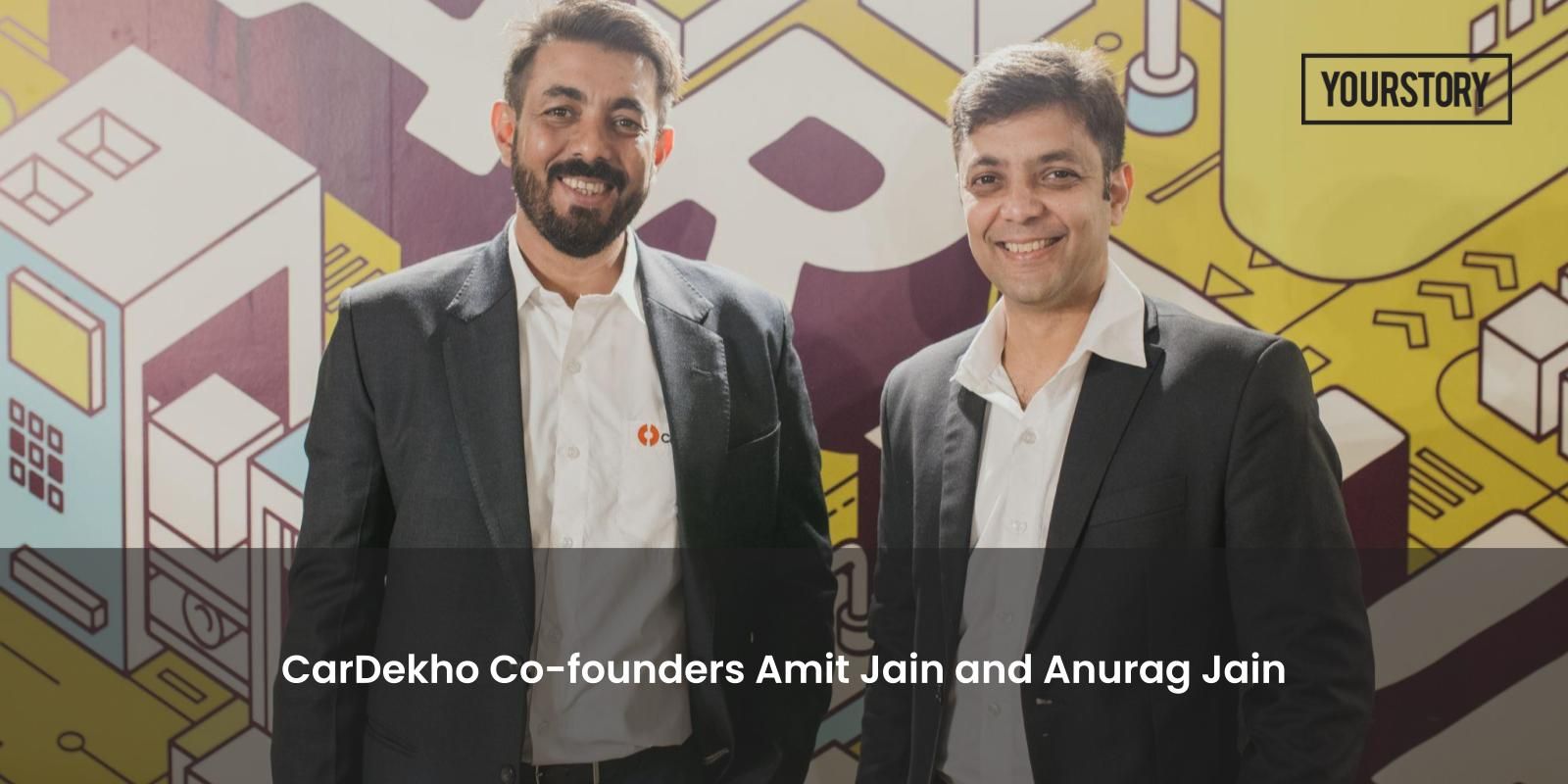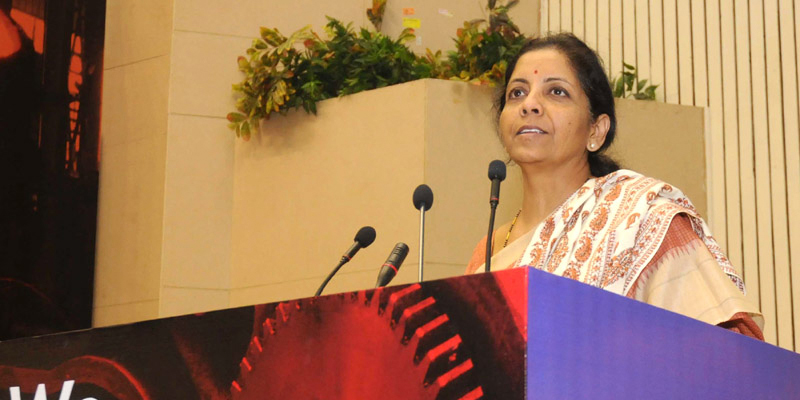How to establish the right foundation for your startup IT infrastructure: Key takeaways from the Dell masterclass at TechSparks 2019
“There are two kinds of companies in this world: those whose cybersecurity has been compromised and know it, and those whose cybersecurity has been compromised and don’t.”
This startling, but very real premise, set the context of the Dell masterclass on ‘How to Establish the Right Foundation for Your Startup IT Infrastructure’ at TechSparks 2019. The masterclass was presented by Xavier Kuriyan, Director of Enterprise Solution and Alliances at Dell EMC, a veteran with over 17 years of experience in the IT industry, with skills spanning enterprise architecture, data centre design and optimisation, consulting, and building technologist teams. Xavier brought to the table an in-depth knowledge of the Indian tech market particularly a rich perspective on tech infrastructure for scale-ups.

Xavier began by contextualising IT infrastructure on four base premises: security, data, scale and workforce.
Expanding on the data premise, he spoke about the power of data and data analytics. “Even a one-person startup generates data. Any business with a website, app or even a social media presence has data about customers, user experience, web traffic, and more. All that data is filled with potential if you can learn to access it and use it to improve your company,” he added. Startups can, therefore, gain the same advantages as larger organisations when using data the right way. They can harness it to find new customers, increase customer retention, improve customer service, manage marketing efforts better, track social media interaction and predict sales trends.
When it comes to security, Xavier advised startups to prepare for a ‘when’ and not ‘if’ scenario, adding that it was the norm to think that cybercriminals only targeted high-profile organisations while statistics suggested otherwise. “If your business uses any computing device, or the internet, or has a digital presence such as a website or cloud accounts, then you are at risk of cyberattacks,” he added. The best practice he suggested, was a unified, layered and adaptable ‘planned-from-the-ground-up’ approach for cybersecurity.
Talking about the workforce component, Xavier explained how a Dell & Intel Future Workforce Study Global Report revealed that fewer than one-in-five employees were satisfied with their workplace technology, and that slow or glitchy devices were cited as the biggest time wasters affecting organisational productivity. Today’s workers, led by the rising generation of millennials, expect technology to play an important role in their happiness, productivity, and creativity at work. Optimising employee’s time is key to productivity, and listening to your employees’ needs is the essential first step down the path of enabling the modern workforce. Technology that delivers even modest gains to a single worker can deliver a crucial competitive edge when multiplied across an entire workforce: Productivity and hours worked will rise; turnover will drop; customer satisfaction will increase, and business performance will reach its full potential.
Finally, on planning for infrastructure at scale, Xavier explained that it was imperative to plan for change and scale from day one. He advised startups to rationalise their ‘application’ portfolio and build cloud-native apps adding that it was important to implement a platform for Infrastructure as a Service (IaaS) and Platform as a service (PaaS). “No matter where you are on your journey, there's still a need to forecast over a long period of time, make date commitments, plan resources, and tie your work back to a strategic vision,” he concluded.
Keen on knowing more? Catch the extended version of the masterclass in the video below.











